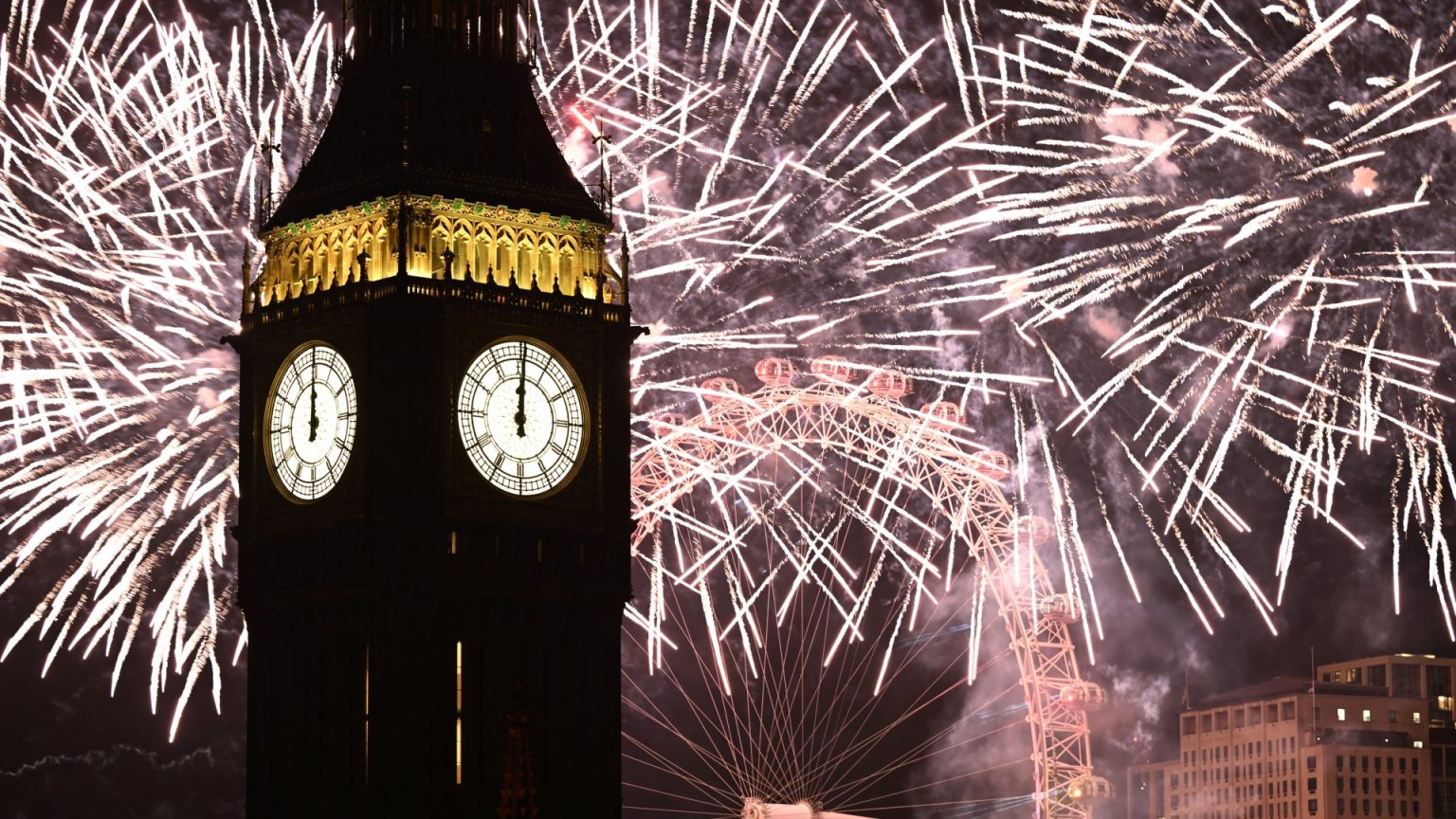The impending New Year’s Eve celebrations are facing a potential dampener, quite literally, as strong winds and inclement weather threaten firework displays across the UK, including the iconic London spectacle. Fireworks expert Stephen Miller, a seasoned consultant for displays nationwide, highlights the challenges organizers face in the crucial hours leading up to the midnight hour, warning that spectators may be left disappointed.
Wind speed and direction are the primary factors determining a display’s feasibility. Mr. Miller, who has also served as a health and safety consultant for Bromley Council, emphasizes the need for a clear downwind area to ensure falling debris doesn’t endanger the public. Recounting a 2004 experience at Crystal Palace, where rapidly changing wind conditions necessitated last-minute adjustments, including repositioning barriers and redirecting the display, he underscores the importance of adaptable safety protocols. Consistent wind direction, coupled with strategically placed barriers, is crucial for mitigating risks.
Pre-emptive weather monitoring and on-site assessments are vital components of Mr. Miller’s safety regimen. He meticulously checks weather forecasts against actual conditions, adjusting safety measures throughout the day to ensure alignment. Ideally, the wind should blow away from the audience, carrying any debris towards the fireworks. However, strong winds can necessitate scaling back the display, particularly the “major effects” – the most spectacular yet hazardous fireworks with larger explosions and greater fragmentation risks.
The London display, a significant tourist attraction with considerable political weight attached to its successful execution, faces particular challenges. While the fireworks are pre-set on barges and computer-controlled, mitigating some weather impacts, the sheer scale and public expectation add pressure. Smaller displays, especially those in confined areas or near buildings, are inherently more vulnerable to adverse weather. However, the importance of an event also influences the decision-making process, as canceling a major display like London’s carries significant ramifications.
While heavy rain is less of a concern, requiring truly torrential downpours to pose a significant threat, wind remains the dominant factor. The typical southwest wind direction in the UK, combined with the London display’s Southbank location, means debris usually blows north, over the audience. The fireworks are designed to burn out before reaching the ground, with any falling remnants typically consisting of relatively harmless cardboard confetti.
Contingency plans, primarily involving omitting the largest fireworks, are built into display designs. The computerized control system allows for quick adjustments, removing larger effects without significantly impacting the overall spectacle for the general public. Mr. Miller expresses confidence that most displays will proceed, albeit potentially with scaled-back effects, as organizers prioritize safety while still delivering a satisfying show. Past experiences have shown that even significantly hampered displays, due to heavy rain for instance, can still impress audiences, highlighting the resilience and adaptability of firework professionals. He believes most audiences would likely remain unaware of any alterations unless informed beforehand.




